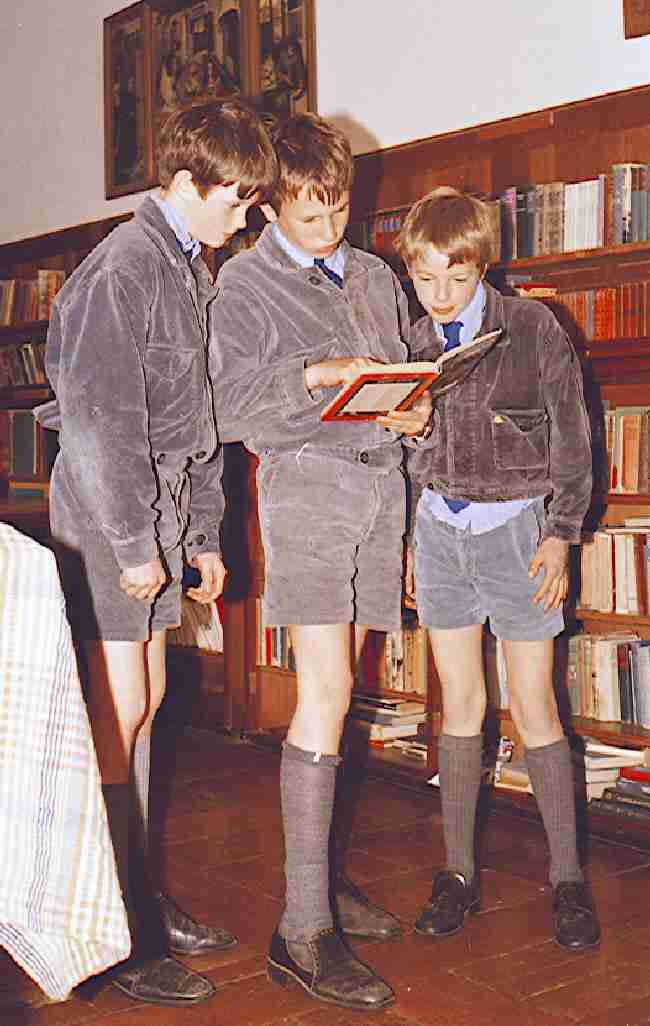
Figure 1.--One popular fabric for boys wear is corduroy. This English prep scjool used corduroy for its school uniform. There were blue-grey jackets worn with matching short pants. |

|
A fabric consists of two elements. First the material and second the weave. Wool for example is amaterial and herringbone is a weave. Many materials come in many different grades. This is especially true of wool. Cotton comes in so many different weaves that it almost seems like different material. There are also similar weaves made from differebnt materials, here the best example is velvet (silk) and cordroy (cotton). Another factor is that many materials are blends of raw materials. There are many different fabrics used over time. Some of the terms are familiar to us today. Others are forgotten or unknown. As a result we are not always sure if some terms refer to a material or a weave. As in some cases only one material is used for a fabric, like cotton for ribbed corduroy, the name of the fabric is the same as the weave. Another problem is that some fabrics were named as to deceive the consumer, such as sateen which is a cotton fabric made to suggest silk was used.
Materials are the raw material fibers used to make clothing. While there are numerous fabrics made from these materials, three are relatively few fibers from which cloth fabrics are made, including both natural and synthetic fibers. The most important raw materials used in the production of clothing, including boys' clothing, are cotton, flax, and wool. There are also several other materials that have been used. The use of these materials even as late as the Renaissance varied geographically. Today with moderninternational trade, there used is common around the world. In addition to plant and animal fibers in the years leading up to World War II, a number of synthetic fibers were developed and are today widely used--most commonly in blended materials.
A relatively small number of raw ,aterial;s are used for clothing. The niumber of fabrics made from those materials are virtually endless. Many materials cme in didderent grades and are used to produce fabric that range from utilitarian to luxurious. This is certainly true of wool. Cotton comes in so many different weaves that it almost seems like different material. There are also similar weaves made from different materials, here the best example is velvet (silk) and cordroy (cotton). Another factor is that many materials are blends of raw materials. Some times the names of these fabrics are related to the material. Cheviot is a wool fabric made from the wool of a British breed of sheep, although the term was not always used that way. Other fabrics refer more to the weave. The term corduroy, for example, gives no refrence to the cotton material from which it was made.
There are many different fabrics used over time. Some of the terms are familiar to us today. Others are forgotten or unknown. As a result we are not always sure if some terms refer to a material or a weave. As in some cases only one material is used for a fabric, like cotton for ribbed corduroy, the name of the fabric is the same as the weave. Another problem is that some fabrics were named as to deceive the consumer, such as sateen which is a cotton fabric made to suggest silk was used.
Navigate the Boys' Historical Clothing Web Site:
[Return to the Main material page]
[Introduction]
[Activities]
[Biographies]
[Chronology]
[Clothing styles]
[Countries]
[Bibliographies]
[Contributions]
[FAQs]
[Glossaries]
[Images]
[Links]
[Registration]
[Tools]
[Boys' Clothing Home]
Navigate the Historic Boys' Clothing Web chronological pages:
[The 1840s]
[The 1900s]
[The 1930s]
[The 1940s]
[The 1950s]
[The 1960s]
[The 1970s]
[The 1980s]
[The 1990s]
[The 2000s]
